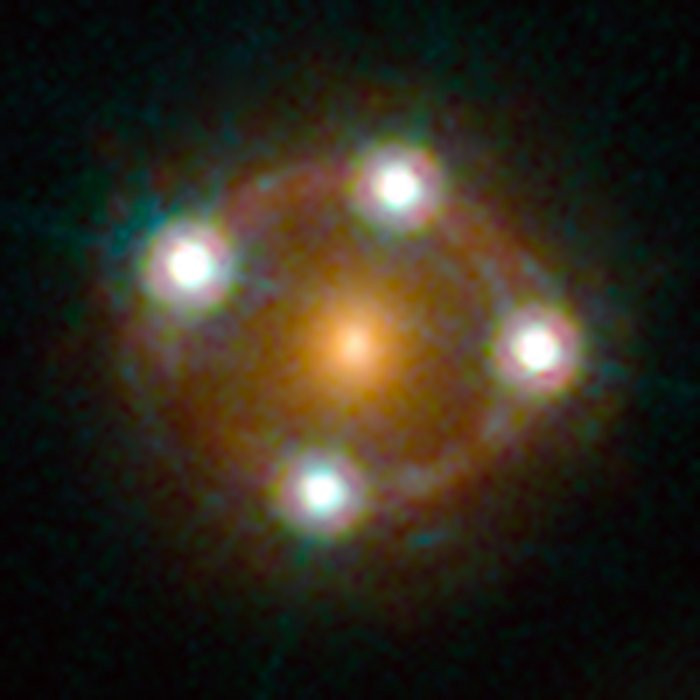Universe expansion rate creates cosmological problem beyond our current understanding
Hubble constant, measured to 3.8% accuracy, indicates "we are missing something fundamental".
The rate at which the universe is expanding has been measured to 3.8% accuracy and, while it fits with previous estimates, it is in disagreement with more recent measurements – indicating new physics beyond the standard cosmological model.
"The expansion rate of the universe is now starting to be measured in different ways with such high precision that actual discrepancies may possibly point towards new physics beyond our current knowledge of the universe," said Sherry Suyu, an astronomer involved in the project.
We have known the universe is expanding since the 1920s, when Edwin Hubble noticed galaxies further from the Milky Way appeared to be moving away faster than those closer to it. Later observations allowed astronomers to work out the rate of expansion – which became known as the Hubble constant.
Over recent decades, increasingly advanced technology has allowed scientists to refine the constant – currently at a rate of 72km/s per megaparsec (a megaparsec is about 3.3 million light years). This is done by looking at extremely bright stars and supernovae.
However, another way of measuring the expansion of the universe is through the cosmic microwave background (CMB) – the constant background temperature across the universe from just after the Big Bang. Recent measurements with the Planck space telescope revealed the two rates do not match up.
"The Hubble constant is crucial for modern astronomy as it can help to confirm or refute whether our picture of the universe - composed of dark energy, dark matter and normal matter - is actually correct, or if we are missing something fundamental," Suyu said.

In the latest studies, published across five papers in the Monthly Notices of the Royal Astronomical Society, scientists used galaxies as giant gravitational lenses to make an independent measurement of the expansion of the universe. Gravitational lensing is where massive objects warp the spacetime behind them, creating multiple images of background objects.
The H0LiCOW collaboration, a cosmology project led by EPFL and Max Planck Institute, took advantage of this technique to analyse five quasars. Their findings allowed them to work out the rate of expansion (independently of other measurements) to 3.8% accuracy, with the rate matching up with previous estimates of the Hubble constant.
It deviates, however, from CMB measurements. "The tension between local and CMB measurements of the Hubble constant is strengthened by the new strong lensing observations," said Frederic Courbin, from EPFL. "The tension can be caused by new physics beyond the Standard Cosmological Model, in particular new forms of dark energy."
The team now plans to look at 100 quasars to create better estimates. If the discrepancy remains, their findings are unlikely to be a statistical fluctuation – pointing further towards this "new physics".
© Copyright IBTimes 2025. All rights reserved.






















